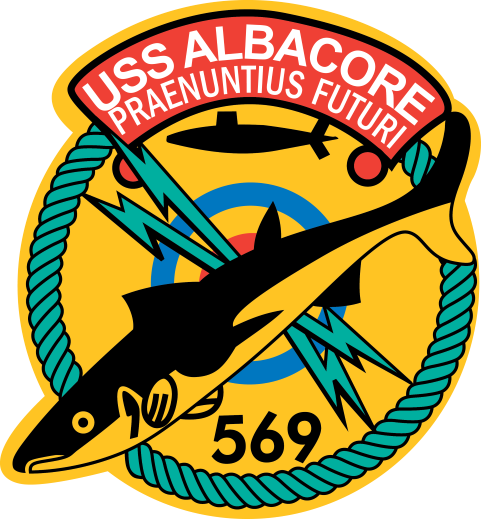New Hampshire Curriculum Frameworks
The following are topics within the New Hampshire Curriculum Frameworks that are addressed through USS Albacore Programming. Please contact info@ussalbacore.org to set up a class trip to Albacore Park and to specify which elements of the framework you are hoping to fulfill so that we can plan your groups programming accordingly.
Social Studies
Theme A: Conflict and Cooperation
Goals:
International agreements
War
Essential Questions:
What is legitimate authority?
Why are there conflicts around the world?
How interdependent are peoples?
Theme F: Global Transformation
Goals:
Competition and interdependence
International agreements
Tension between national interests and global priorities
Essential Questions:
How can tensions between national interests and global priorities be resolved?
Theme G: Science, Technology, and Society
Goals:
Time Efficiency
Impact of New Technology
Core Questions
What are the real costs of new technologies?
How can we manage science and technology to provide the greatest benefit?
Who benefits from scientific and technological innovations?
How do events or global issues affect interactions between countries?
Theme J: Human Expression and Communication
Goals:
Reflection of history in the arts
Popular culture
Language development
Essential Questions:
How have literary and artistic expressions reflected particular eras?
What is the role of popular culture in society?
Essential Skills
Differentiating past, present and future and change over time
Detecting cause and effect, distinguishing fact from opinion, recognizing biases
Evaluating and critiquing varied sources of information and the use of appropriate primary and secondary sources and technology to acquire information
Creating and testing generalizations and theses
Expressing clearly and concisely personal opinion supported by evidence
Calculating effects of decisions and decision making
Solving individual and group problems
Science
Grade 1:
1-PS4-4. Use tools and materials to design and build a device that uses light or sound to solve the problem of communicating over a distance
Grade 3:
3-5-ETS1-1.Define a simple design problem reflecting a need or a want that includes specified criteria for success and constraints on materials, time,or cost.
3.3-5-ETS1-2.Generate several possible solutions to a given design problem. Compare each solution based on how well each is likely to meet the criteria and constraints of the design problem
Grade 4:
4-PS4-1.Develop a model of waves to describe patterns in terms of amplitude and wavelength and that waves can cause objects to move
4-PS4-3.Generate and compare multiple solutions that use patterns to transfer information.
Middle School:
MS-PS4-3.Integrate qualitative scientific and technical information to support the claim that digitized signals are a more reliable way to encode and transmit information than analog signals.
MS-PS4-1 Use mathematical representations to describe a simple model for waves that includes how the amplitude of a wave is related to the energy in a wave.
High School:
HS-PS4-5 Communicate technical information about how some technological devices use the principles of wave behavior and wave interactions with matter to transmit and capture information and energy.
Math
Grade 4:
4.G: Draw points, lines, line segments, rays, angles (right, acute, obtuse), and perpendicular and parallel lines. Identify these in two-dimensional figures
